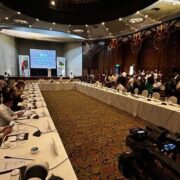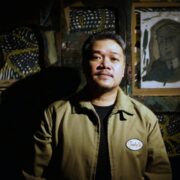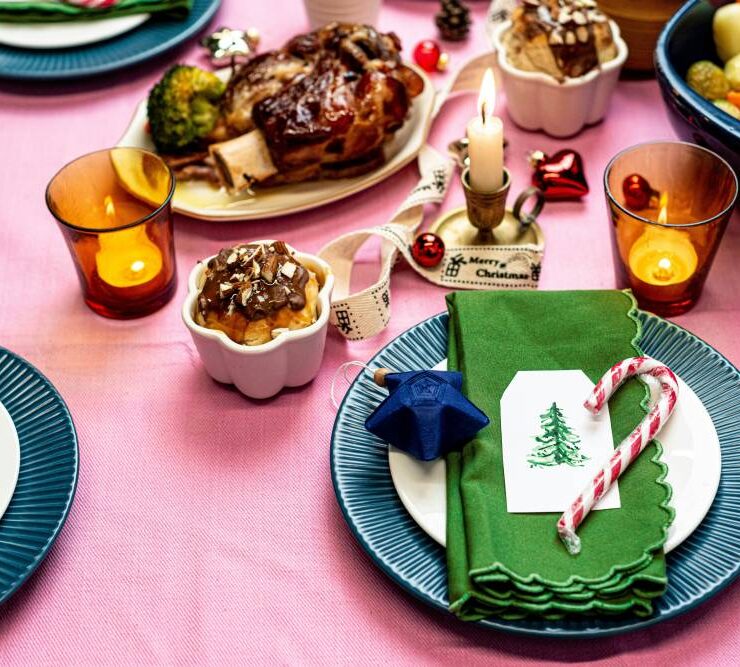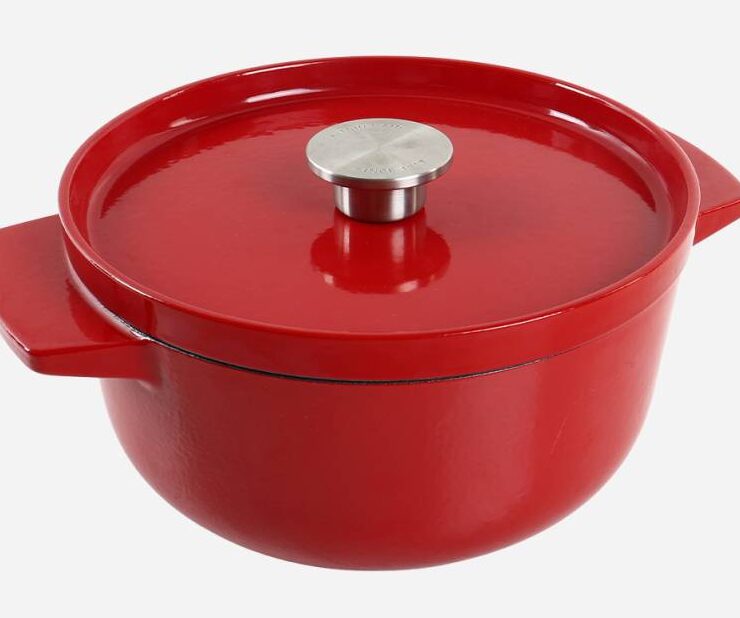Exhibit explores food issues in PH society
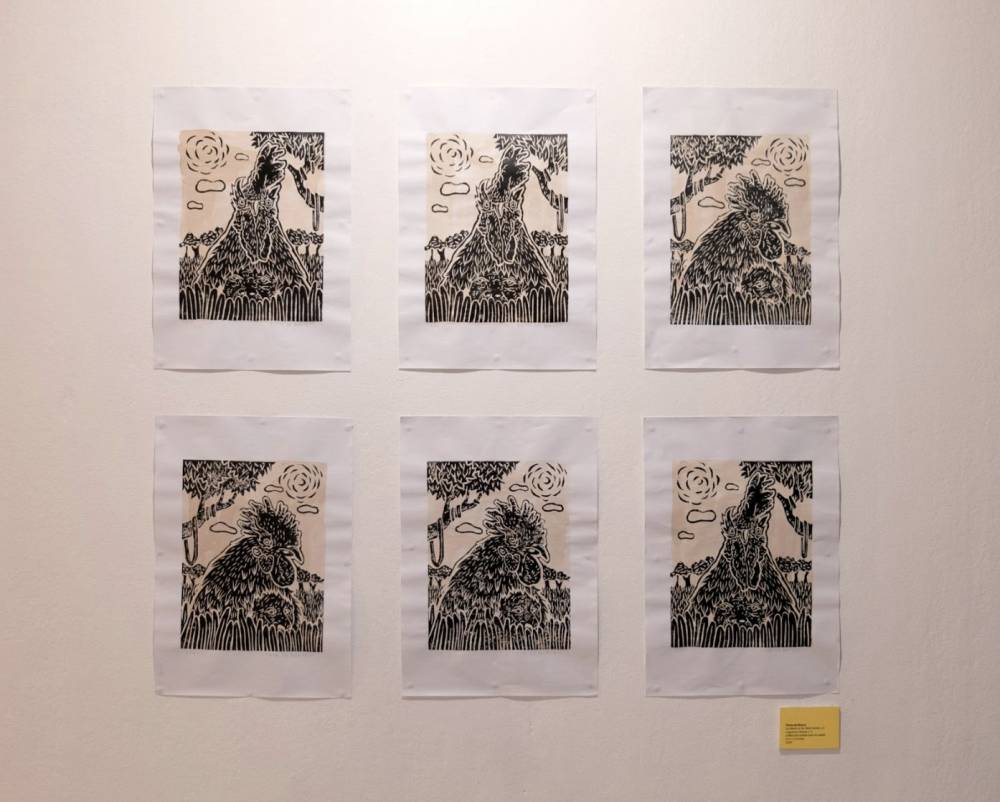
“Potluck: Ikalawang Timpla,” an exhibit of eight young visual artists from different parts of the Philippines at the NCCA (National Commission for Culture and the Arts) Gallery in Intramuros, Manila, explores the confluence, intersections, and issues of food in Philippine society.
Food, as the exhibition notes, “exposes the tensions between abundance and scarcity, as well as nourishment and deprivation.”
The foodscape in the Philippines, as it further notes, “extends beyond what is served at the table, and is shaped by economic systems, histories of colonization, and shifting social structures.”
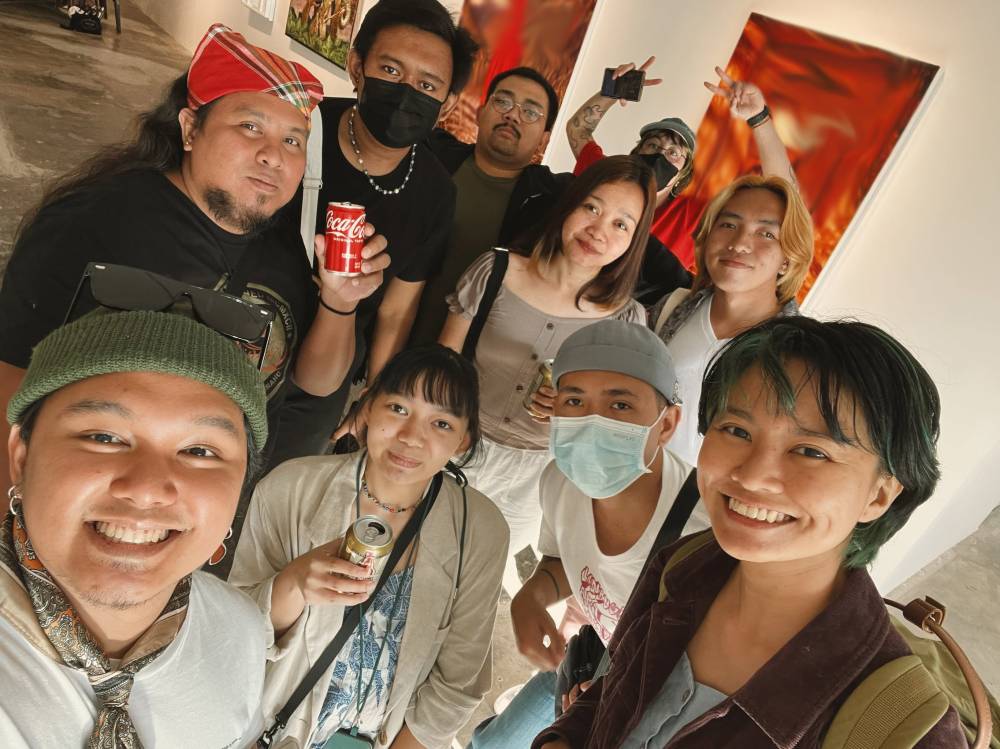
The featured artists analyzed and converted these tensions and issues into works ranging from mixed media, prints, and installation art to video art and sculpture, providing their careful interpretation of the subject matter.
Featured in the second edition of “Potluck” are Jed Aralca of Tagum, Davao del Norte; Pinta de Baryo, also of Tagum; Karlo Antonio Galay David of Kidapawan, Cotabato; Carla Gamalinda of Manila; Nicolei Buendia Gupit of Cavite and the United States; Lanzvoltaire Balagtas of Paombong, Bulacan; Marco Tabamo of Tarlac City; and Raffy Ugaddan of Marikina.
The first edition of the exhibition was held last May at The Boston Art Gallery in Quezon City.
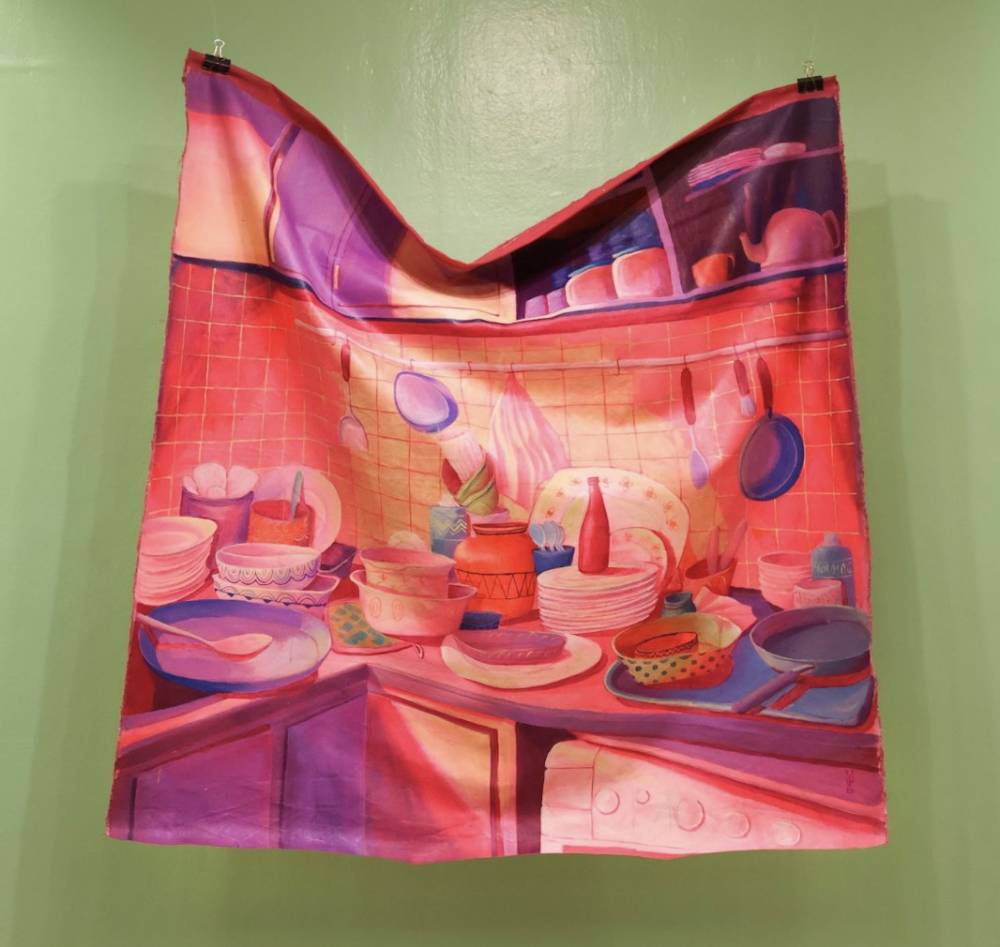
Societal issues
In the current show, Pinta de Baryo uses the image of anthropomorphic roosters to impart the practice of gambling and speculative practice just to have something to feed a deprived stomach.
Karlo David presents the country’s dependence on rice and the problems emanating from it using a scene normal to police raids and arrests—that is, banned substances.
Balagtas shows food security issues and the importance of carinderias, especially among the working class, in his video art and photo collage works.
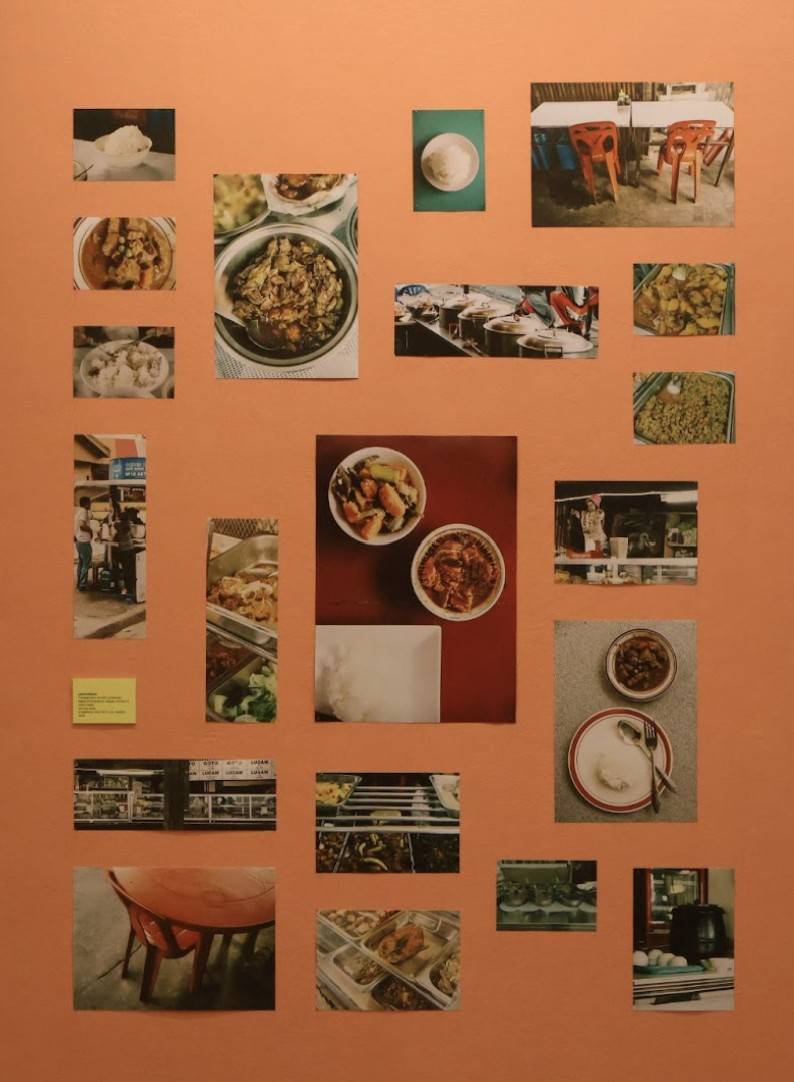
Uggadan’s animation piece reflects his past experiences of hunger and brings forward the idea that “hunger is not just a physical condition, but an emotional and existential state.”
In his installation made from papier-mâché pieces, Gupit provides his own experience on food and diaspora, while Tabamo pays homage to the unseen characters in Kapampangan gatherings, such as the dishwashers.

For her part, Gamalinda veers away from her usual works on canvas and creates a sculpture of supersized flies made from mantel (table covers) as a metaphor for frustration brought about by the peskiness of the former and the smell of the latter. Here, she projects the temporariness of things associated with handaan (party), when objects are used just for a short period of time.
Alarca’s painted piece deals with the “fatigue of survival,” which means having the same kind of food, a sustenance that is routine, just to survive in an environment that can be described as disadvantaged.
The exhibit runs until April 30 at the NCCA Gallery in Intramuros, Manila.








